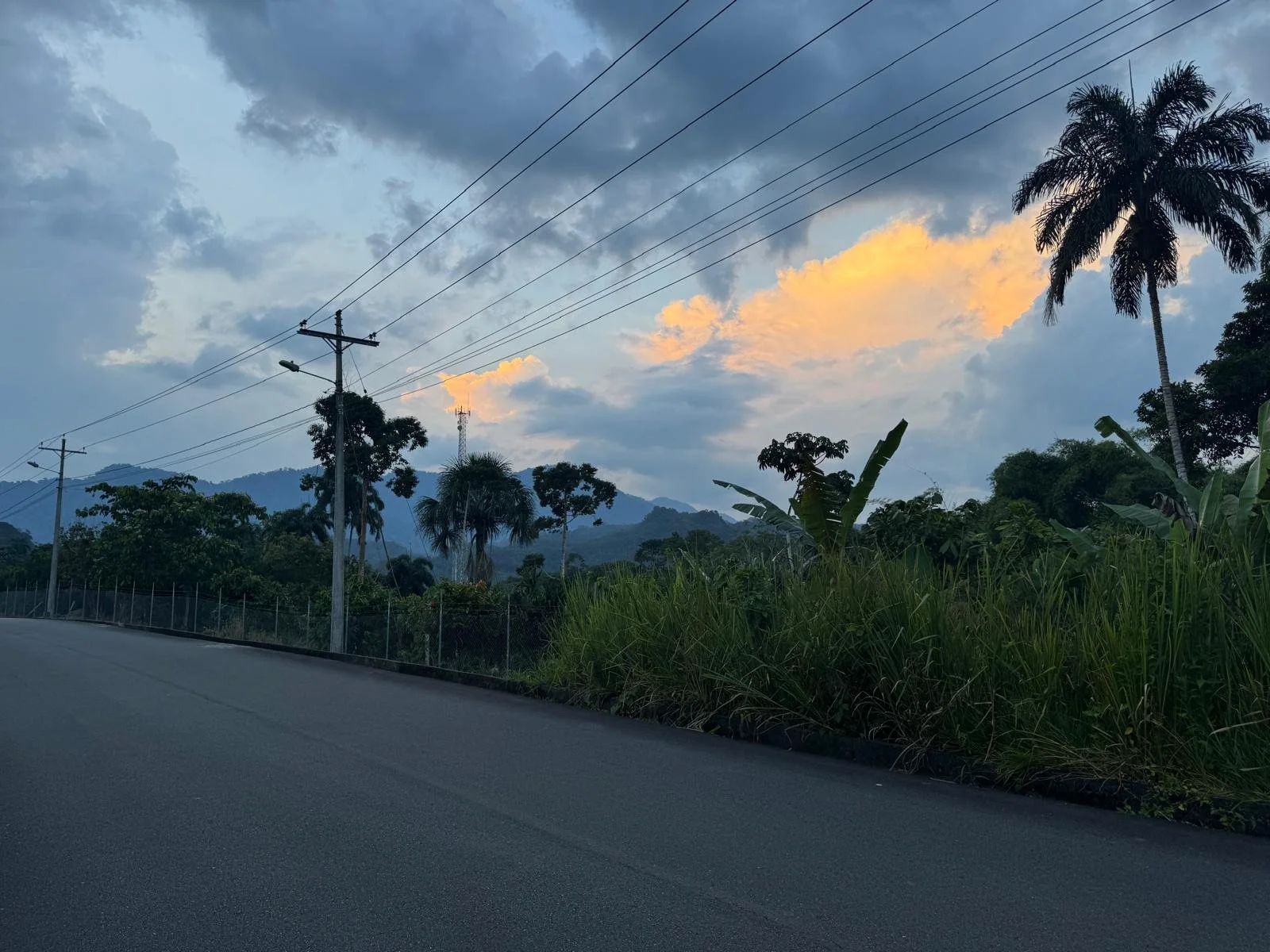Happy Earth Day!
People are also serious about issues such as water conservation, as a high percentage of the drinking water in the Quito metropolitan area comes from the diminishing glacier of Cotopaxi. In fact, I was told that thanks to FONAG, Quito has one of the best water conservation policies in the world, taking 1% of each household water bill (higher percentages from bigger companies and industries) to fund conservation projects.
We've noticed implications of climate change here in the valley, including increased droughts and an untimely rainy season; which pretty much just started, rather than running its usual course from October through February. Because of these issues and more, we have decided to use this international holiday to raise some awareness about human implications on the environment and what we all can do here in Ecuador to make a difference.
Last week, for our monthly 20-minute radio segment in Sangolqui, Bibi and I performed a little skit that defined Earth Day, climate change, and local environmental issues and solutions - for example trash incineration, dirty public transportation, and unreliable energy sources. We focused on advocating for change, something that isn't practiced very widely here but is definitely possible; most local town governments hold public meetings devoted entirely to hearing its residents' opinions about community projects such as trash collection. It was received very well by the radio station's employees and we can only hope that listeners out there took it to heart as well.
Today in the centro we'll be distributing pamphlets about climate change and tips about how to help combat it and protect the priceless resources of this country. We'll also be giving our earth day coloring sheets and activities to the kids.
I hope that you're all celebrating Earth Day out there in style; you can rest assured knowing that the PDs in this house are continuing their lack of showering, composting our food waste, eating very locally-grown produce and of course taking public transportation everywhere (really, it's not just because we have to...)
Sustainably yours,
Jackie

























